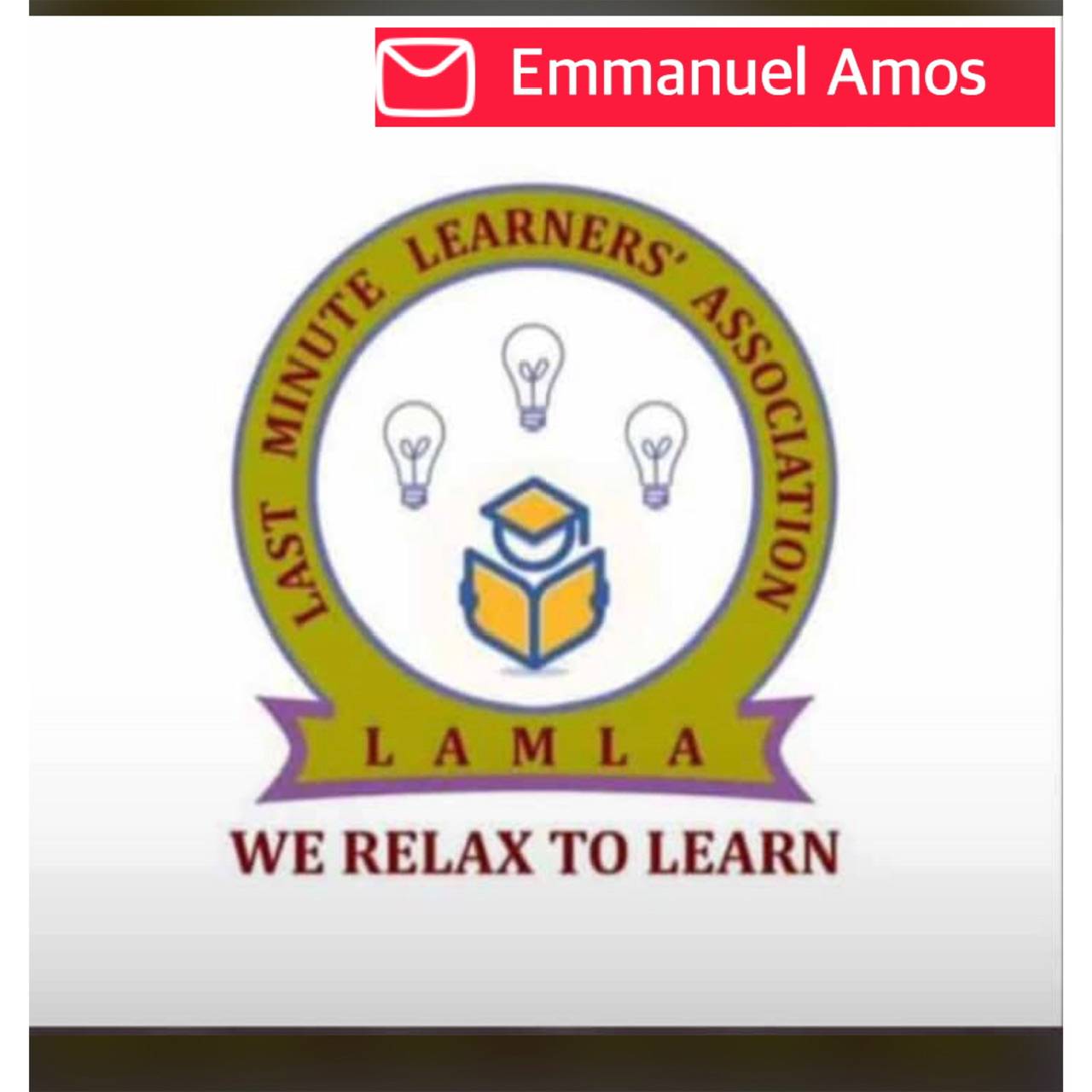Language and literacy -level 100 first semester 2024
1a. Who is a literacy teacher ?
A literacy teacher is a dedicated educator who focuses on teaching reading, writing, and other fundamental literacy skills to students of various ages and learning levels.
1b. Give four(4) qualities that a good literacy teacher must possess
Qualities of a Good Literacy Teacher:
1. Patience and Empathy:
- A good literacy teacher understands that students learn at different paces and may face challenges in mastering literacy skills. They exhibit patience and empathy, providing support and encouragement to help students overcome difficulties and build confidence in their abilities.
2. Strong Communication Skills:
- Effective communication is essential for a literacy teacher to convey information clearly, engage students in learning activities, and cultivate a positive learning environment. Good communication fosters collaboration with students, parents, and colleagues to support literacy development.
3. Flexibility and Adaptability:
- A good literacy teacher is adaptable to the diverse needs and learning styles of students. They are flexible in their teaching approaches, willing to adjust instructional strategies, and differentiate instruction to meet individual student requirements. Adapting to new technologies and pedagogical methods also enhances their effectiveness in the classroom.
4. Passion for Literacy and Learning:
- Passion drives a good literacy teacher to inspire a love for reading, writing, and language in their students. They demonstrate enthusiasm for literature, engage students in meaningful literacy experiences, and create a stimulating learning environment that motivates students to explore the world through words. Their passion for lifelong learning sets an example for students, encouraging them to embrace literacy beyond the classroom.
1c. Discuss 2 ways through which a person can become an effective literacy teacher.
Becoming an effective literacy teacher is a rewarding journey that involves a combination of education, experience, and personal growth. Here are two key ways through which a person can become an effective literacy teacher:
### 1. Continuous Professional Development:Advanced Education: Pursuing advanced degrees in education, literacy instruction, or related fields can deepen one's knowledge and expertise in teaching literacy. Graduate programs focusing on literacy education provide opportunities to explore research-based practices, assessment strategies, and instructional methods tailored to diverse student populations
2. Hands-On Teaching Experience:
- Classroom Practice: Engaging in hands-on teaching experiences in literacy-rich environments provides opportunities to apply theoretical knowledge to real-world settings. Student teaching, practicums, and volunteer work in educational settings allow aspiring literacy teachers to interact with diverse student populations, implement instructional strategies, and refine their teaching practices.
2a. Explain the term language.
Language is a system of communication used by humans, typically consisting of spoken, written, and sometimes signed elements, with rules for combining them. It serves as a medium for conveying meaning, expressing thoughts and emotions, and establishing connections between individuals
2b. Explain the 2 major criteria used in distinguishing language from a dialect
1. Mutual Intelligibility:
- Language:Languages are typically considered distinct if their speakers cannot easily understand each other when speaking. If speakers of two varieties cannot comprehend each other without prior exposure or training, they are often classified as speaking different languages.
2. Sociopolitical Factors:
- Language:The distinction between language and dialect can also be influenced by sociopolitical factors, such as cultural identity, history, and political boundaries.
2c. State 2 features or characteristics of a language
1. Arbitrariness:
- Definition: Arbitrary nature refers to the lack of inherent connection between linguistic forms (words, sounds) and their meanings.
2. Productivity (Generativity):
- Definition: Productivity refers to the capacity of a language to create and understand new utterances that have never been expressed before.
3a. Identify the 4 determinants of L1 acquisition
1. Innate Biological Factors (Universal Grammar):
- Definition: Chomsky proposed the concept of Universal Grammar, suggesting that humans are biologically predisposed to acquire language.
- Significance: Children are born with an innate capacity to learn and produce language, guided by cognitive abilities and language-specific neural structures.
2. Environmental Input (Exposure to Language):
- Definition: The linguistic input children receive from their environment, primarily from parents, caregivers, and peers, plays a crucial role in language acquisition.
3. Social Interaction and Feedback:
- Definition: Social interactions with caregivers and peers offer children opportunities to practice and refine their language skills.
4. Cognitive Development:
- Definition: Cognitive abilities, such as memory, attention, problem-solving skills, and pattern recognition, influence language acquisition.
3b. Briefly explain how any 2 of the determinants identified in 3a help with L1 acquisition
4.Examine two implications each of the 3 theories of the L1 acquisition
1. Behaviorist Theory:
- Implications:
1. Importance of Repetition and Reinforcement:
- Behaviorist Theory emphasizes the role of repetition and reinforcement in language acquisition. This implies that caregivers and educators should provide ample opportunities for children to practice language skills and receive positive reinforcement to strengthen linguistic connections.
2. Focus on Imitation and Modeling:
- According to Behaviorist Theory, children learn language through imitation of adult speech and modeling of correct language forms. This implies that adults should serve as linguistic models, using clear and correct language to facilitate children's language development through observation and imitation.
### 2. Nativist Theory (Innateness Hypothesis):
- Implications:
1. Universal Grammar:
- The Nativist Theory posits the existence of Universal Grammar, suggesting that children are born with innate knowledge of language structures. This implies that children have an intrinsic ability to grasp complex grammar rules without explicit instruction, underscoring the universality of language acquisition processes.
2. Critical Period Hypothesis:
- Another implication of the Nativist Theory is the Critical Period Hypothesis, which suggests that there is an optimal window of time during which language acquisition occurs most effectively. This implies that early exposure to language is crucial for children to develop native-like language proficiency, highlighting the significance of early language learning experiences.
### 3. Interactionist Theory:
- Implications:
1. Social Interaction and Language Development:
- Interactionist Theory emphasizes the importance of social interactions in language development. This implies that meaningful communication, dialogue, and engagement with others play a vital role in children's language acquisition, underscoring the significance of conversational exchanges and collaborative learning environments.
2. Zone of Proximal Development (ZPD):
- Drawing from Vygotsky's ZPD concept, Interactionist Theory highlights the importance of providing language input that is slightly beyond children's current linguistic abilities. This implies that educators and caregivers should scaffold learning experiences, offering support and challenges tailored to each child's developmental stage to promote linguistic growth.
5.Discuss with 4 examples reasons which account for the differences in the exact number of languages spoken in Ghana


